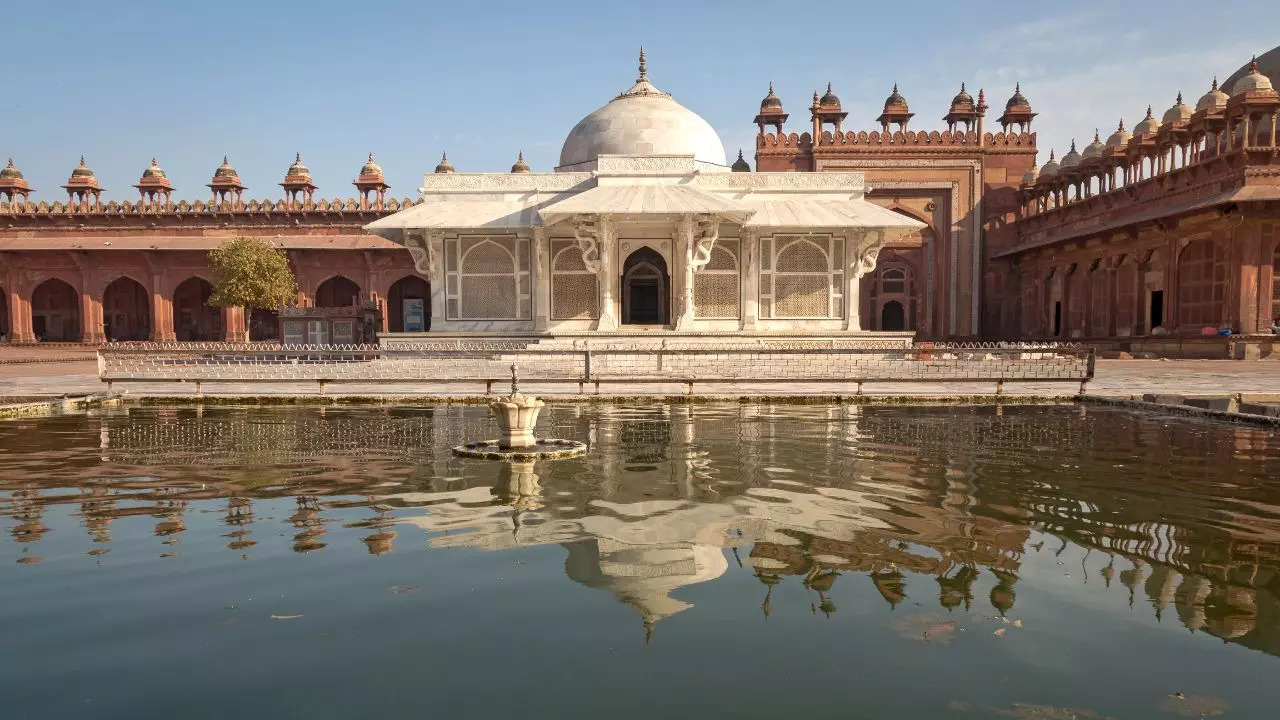Fatehpur Sikri, a UNESCO World Heritage Site near Agra. Credit: Canva
About an hour’s drive from Agra It will take you to the fortified city of Fatehpur SikriIts red walls are a striking color against the blue sky. This magnificent city, built by the emperor Asian In the late 16th century, it was the capital of the Mughal Empire. However, due to a water shortage crisis, the city was abandoned just 15 years after its construction, leaving behind a frozen picture of Mughal life at its peak.
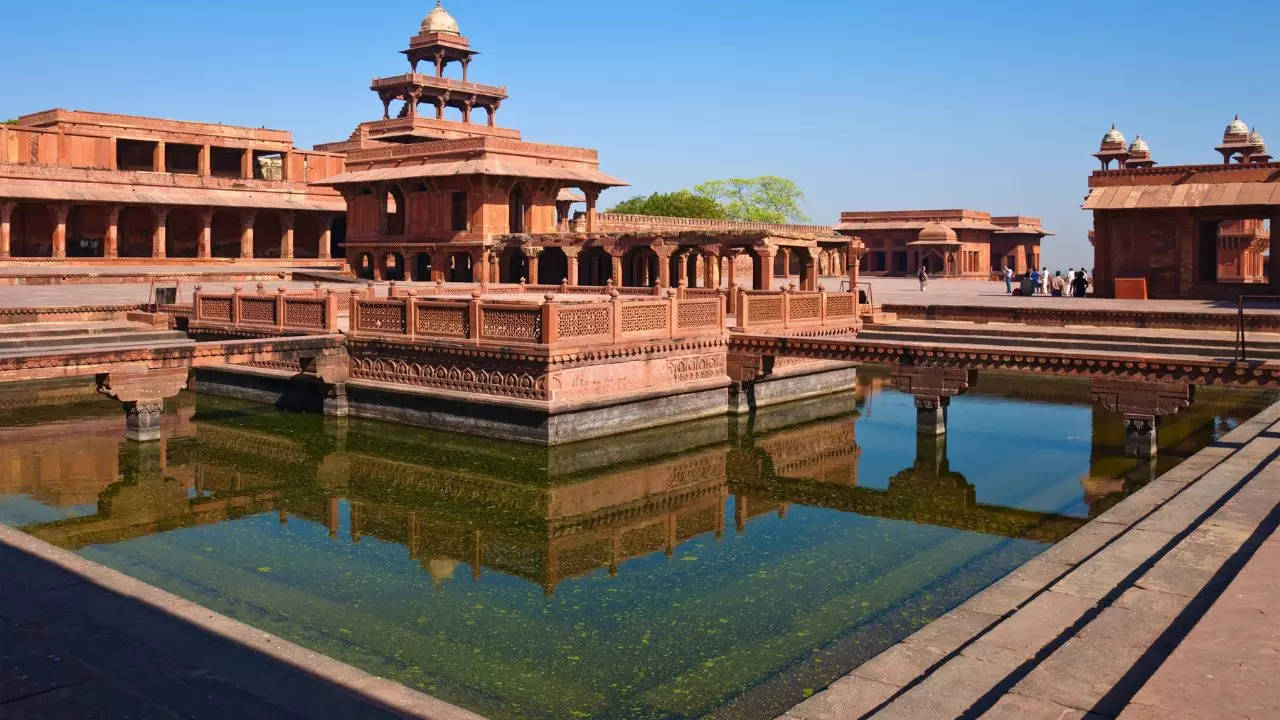
Surrounded by a six-kilometer-long wall, Fatehpur Sikri is home to many incredible architectural wonders. The city’s architecture is a mix of Hindu, Persian, and Islamic influences, reflecting Akbar’s vision of a secular and inclusive empire. These styles flourished within his empire and appear repeatedly throughout the city’s structures. Here’s what you should visit when you’re in the city:
Buland Darwaza and Jama Masjid
The Buland Darwaza, the grand gateway to the city, is built from red sandstone and features intricate carvings, making it the tallest gate in the world. Its name means “Gate of Victory” and was built in 1575 by Akbar to commemorate his victory over Gujarat. It is the main entrance to the Jama Masjid.
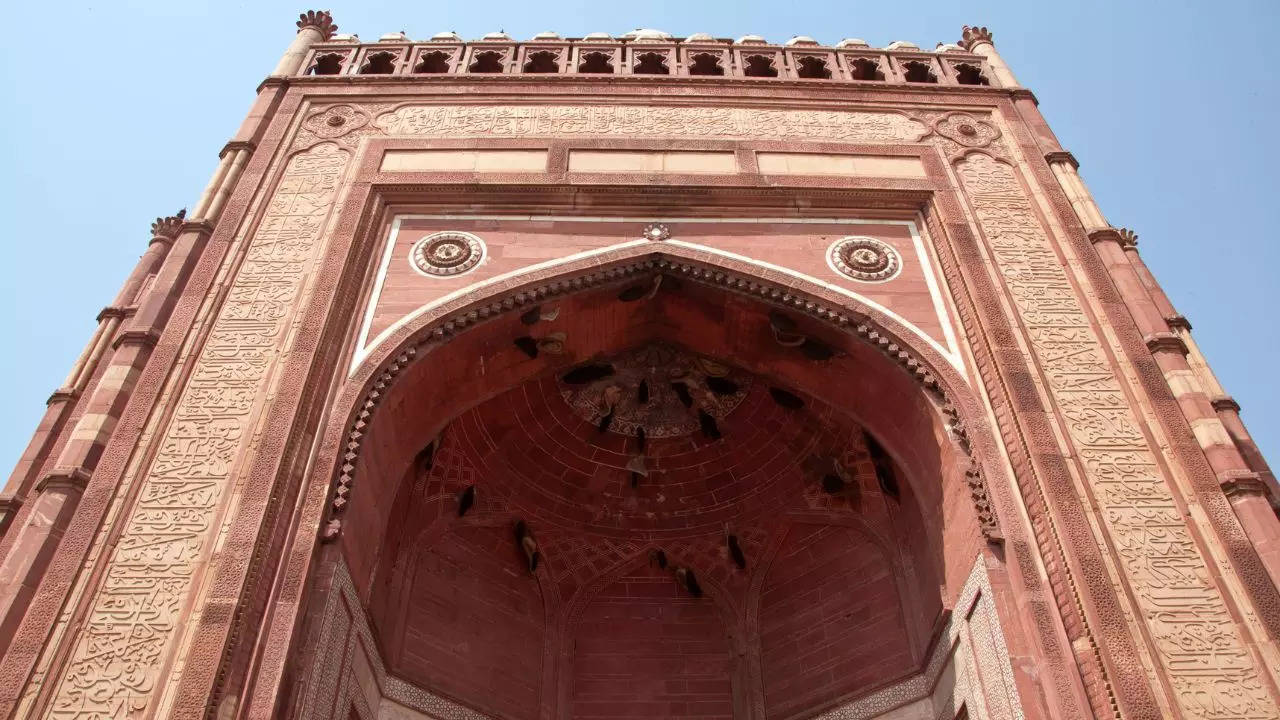
Within the city, the Jama Masjid, one of the largest mosques in India, stands as a symbol of Akbar’s religious tolerance. Its harmonious blend of Hindu and Islamic architectural elements is a testament to Akbar’s Din-i-Illahi, a new religion he sought to establish.
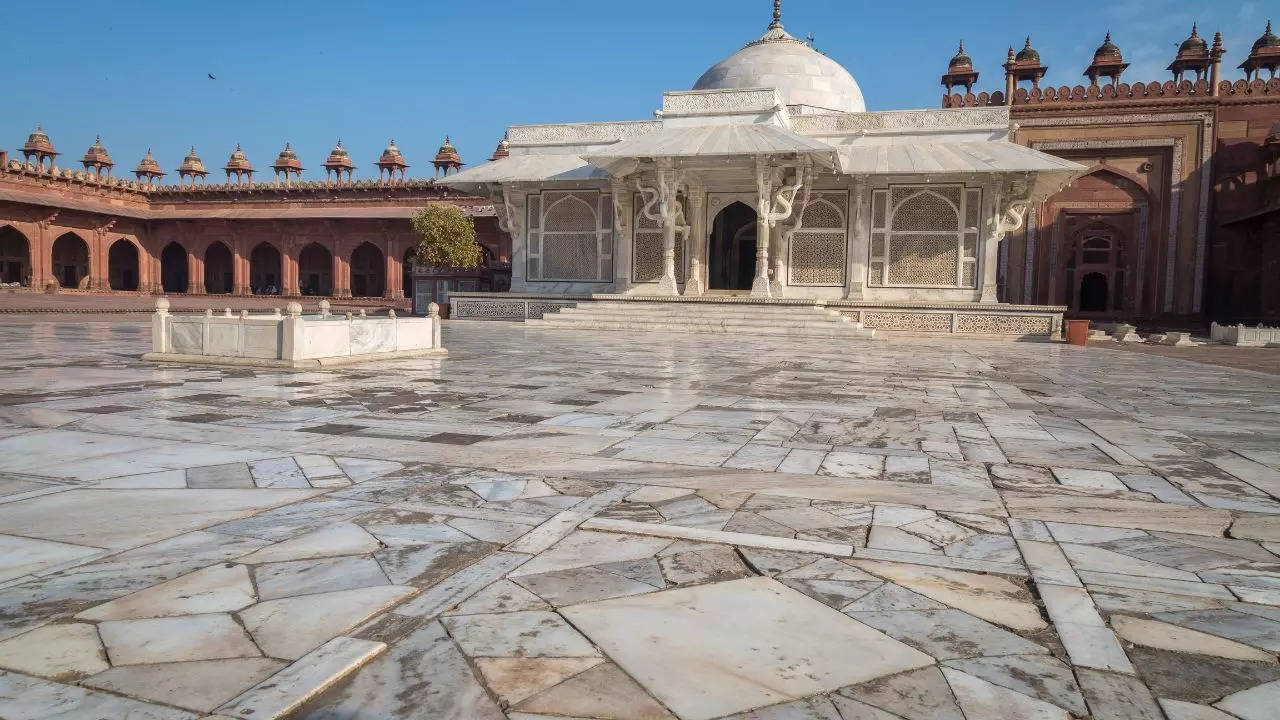
Salim Chishti Dargah
According to history, Mughal Emperor Akbar had visited the house of Sheikh Salim Chishti at Sikri to pray for a male heir to the throne. With his blessings, Akbar’s son was born, who was named Salim (later Jahangir) after the Sheikh. After Salim Chishti’s death, Akbar built the white marble tomb inside Fatehpur Sikri.
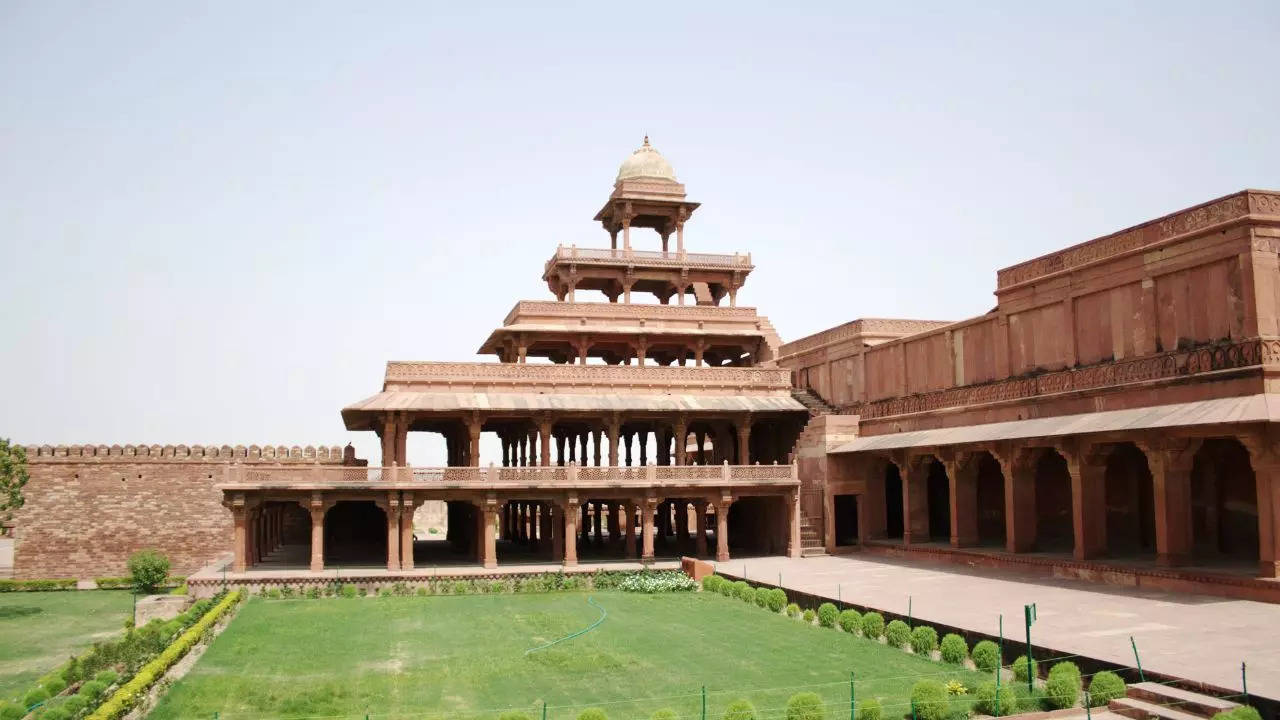
Panch Mahal and the important halls
Other notable structures within the city that you can visit include the Panch Mahal, a five-storey building with intricate stone carvings that was intended to be the residence of Akbar’s wives. The Diwan-i-Aam, the public audience hall, is where the king would meet with his subjects. The Diwan-i-Khas, the private audience hall, is famous for its central pillar, adorned with exquisite carvings, and was intended for private meetings with his generals.
Disclaimer:
The information contained in this post is for general information purposes only. We make no representations or warranties of any kind, express or implied, about the completeness, accuracy, reliability, suitability or availability with respect to the website or the information, products, services, or related graphics contained on the post for any purpose.
We respect the intellectual property rights of content creators. If you are the owner of any material featured on our website and have concerns about its use, please contact us. We are committed to addressing any copyright issues promptly and will remove any material within 2 days of receiving a request from the rightful owner.

